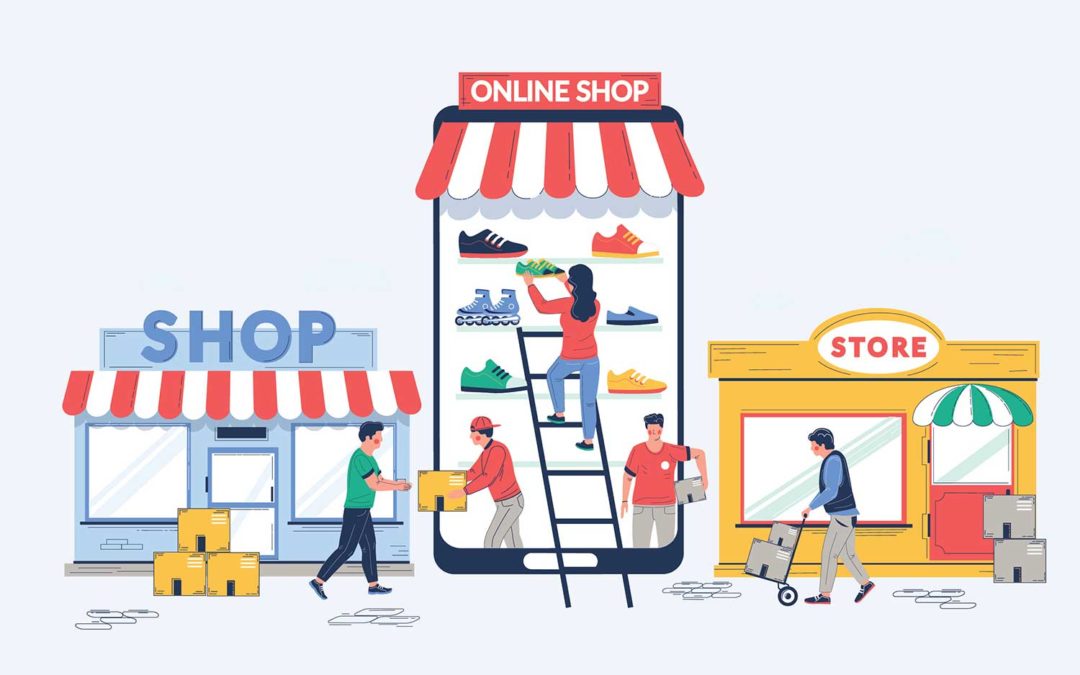In the last year, many businesses went from offline to online — some as a first-time business and some after years of operating as a brick and mortar. The pandemic sped up what was inevitable for brands that needed to expand online to find more customers or reach their audience where they are today.
Whether your business is currently selling online or your 2021 growth plans include adding a new online product or service, marketing strategy designed to capture that audience is essential. Here are a few tips to keep in mind when planning your marketing strategy to support your online business.
Target Audience/Positioning:
Identify the target audience for the online product or service. In addition to the usual demographic information, note where they hang out online, where they get their information, what their buying process is, and most importantly, what pain points your brand is solving for them. Once you have identified your unique solution for these pain points, be sure that your messaging is succinct, on-brand and speaks to their problems with your product or services.
Budget:
Determine your total budget for marketing the online business. Is it part of your larger marketing spend or a separate line item in your overall budget? To determine a budget specifically for the online offering, calculate the customer acquisition cost and your anticipated gross revenue for this business line. This may vary from industry to industry, but we recommend spending between 5%-10% of your gross revenue on marketing this particular sector.
Lead Magnet:
In most cases, the website homepage is where your new potential customers land first. Utilize this valuable real estate by creating a lead magnet on the page. This needs to be something really good and valuable for your customers. Maybe it’s an e-book, a worksheet, a how-to-video for your product, etc. Whatever it is, it needs to be something that gives your customer an automatic win, solves at least 1 of their pain points and is enticing enough that they will give you their email. A lead magnet is a great way to build your database with potential customers that you can keep marketing to over time through your sales funnel.
Digital Ads:
At some point, all online businesses need digital ads to drive leads, awareness and potential customers to their website. There are many options from Google Ad words and geo-targeting to streaming TV and social media ads. With these ads you can build brand awareness, drive leads to a landing page where your visitors can book an appointment or get a free download, send buyers directly to the product page to buy, and more. This is where it’s important to know your audience, where they hang out online and how to show up authentically in order to catch their attention.
Content Marketing:
Buyers don’t tend to make a purchase the first time they come across your website. They need to know they can trust you, that you really do offer the solution to their problem and depending on the product or service, your customer might want to build a relationship with you before they decide to pull the trigger. Your blog, email newsletters and social media accounts are all ways customers learn about your brand, get to know you better and become fans. Be strategic about which social media platforms you are on — 2-3 are probably all you need to reach your desired audience. Show up authentically, on-brand and be a thought leader in your space.

